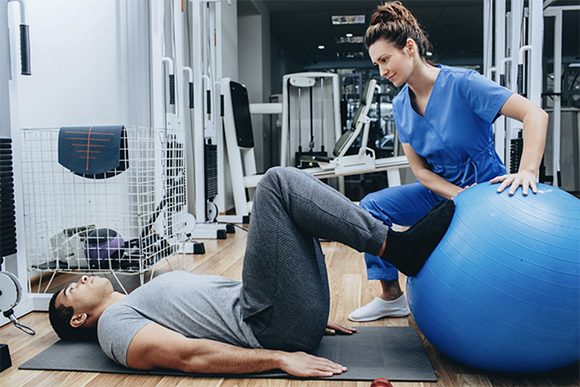Preventing recurring sports injuries requires a comprehensive approach that
addresses
not just the symptoms of the previous injury, but also the underlying factors
that
contributed to it. Here's a systematic approach to breaking the injury cycle:
Complete rehabilitation of the initial injury:
- Full tissue healing: Ensure the injured tissues have had
adequate time to heal completely
- Restored strength: Rebuild strength to at least pre-injury
levels, ideally with side-to-side comparison revealing less than 5-10%
difference
- Functional performance: Regain sport-specific movement
capabilities that meet or exceed pre-injury levels
- Psychological readiness: Address any fear of re-injury or
movement hesitation that could lead to compensatory patterns
Identification and correction of contributing factors:
- Biomechanical analysis: Identify and address movement
patterns
that may have contributed to the initial injury
- Training errors: Review training program for issues with
load
progression, recovery periods, or exercise selection
- Muscle imbalances: Assess and correct strength or
flexibility
disparities between opposing muscle groups or from side to side
- Technical flaws: Work with coaches to refine technique in
ways
that reduce stress on vulnerable tissues
- Equipment issues: Ensure appropriate footwear, protective
equipment, and sport-specific gear
Implementation of proactive prevention strategies:
- Targeted prehabilitation: Incorporate exercises
specifically
designed to protect vulnerable areas based on your injury history and sport
demands
- Periodized training: Structure training with appropriate
cycles
of intensity and recovery to avoid overload
- Load management: Monitor and appropriately progress
training
volume, intensity, and frequency
- Recovery optimization: Ensure adequate sleep, nutrition,
and
stress management to support tissue health
- Technique refinement: Ongoing attention to optimal movement
patterns, particularly when fatigue sets in
Monitoring and adaptation:
- Regular reassessment: Schedule periodic check-ins with
sports
medicine professionals even when healthy
- Early intervention: Address minor symptoms before they
develop
into injuries requiring significant time away
- Training diaries: Track workload, recovery, and any
symptoms to
identify patterns or early warning signs
- Adaptation with age: Adjust training and recovery
strategies as
you age or as your competitive seasons change
Sport-specific considerations:
- Running: Regular shoe replacement, surface variation, and
gradual progression of mileage
- Court sports: Proper landing mechanics, change-of-direction
technique, and appropriate footwear
- Throwing sports: Attention to mechanics, appropriate
pitch/throw counts, and comprehensive shoulder programs
- Contact sports: Proper tackling/contact technique, adequate
physical preparation, and appropriate protective equipment
Our specialists can help identify the specific factors that may have contributed
to
your previous injury and develop a personalized prevention program that
addresses
your unique needs, sport demands, and injury history. This proactive approach
significantly reduces the risk of experiencing the same injury again.

